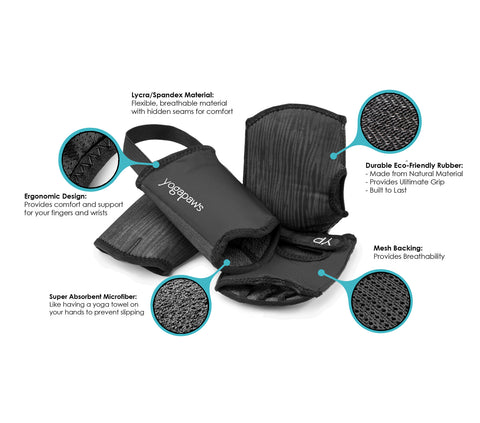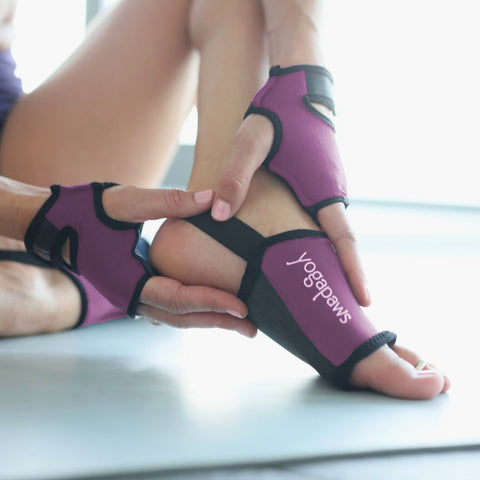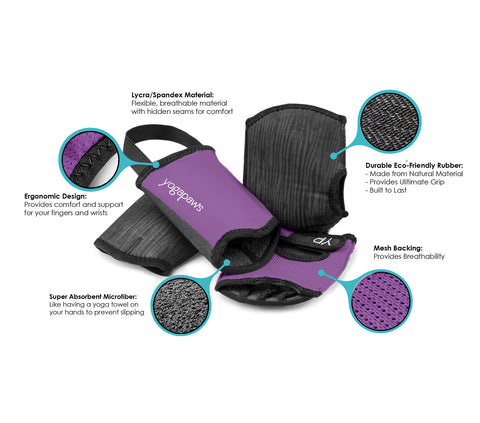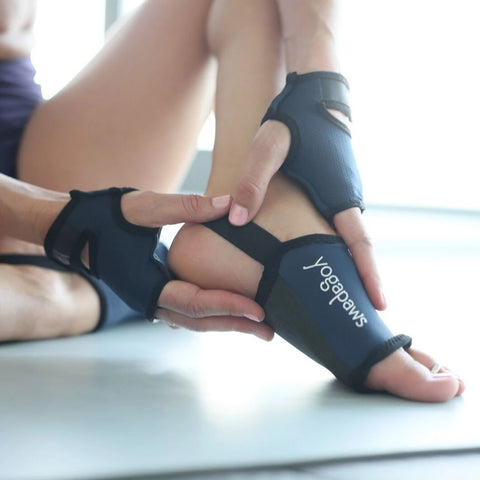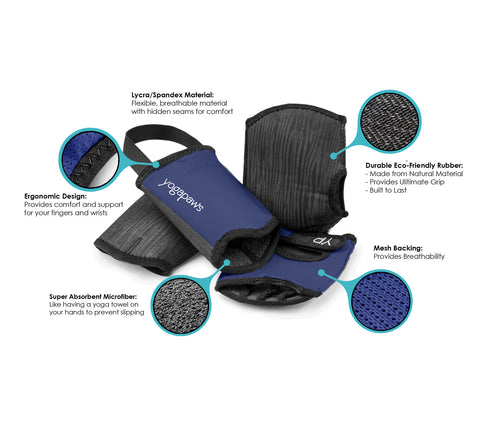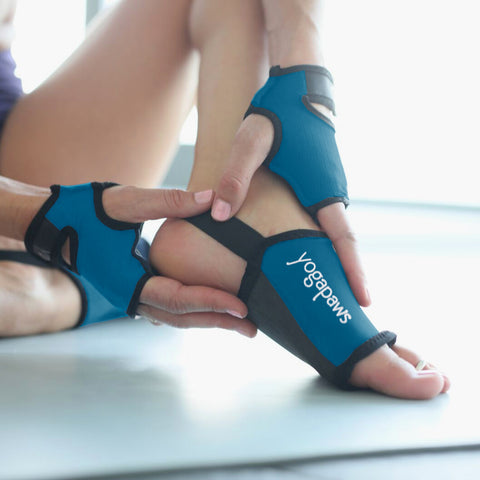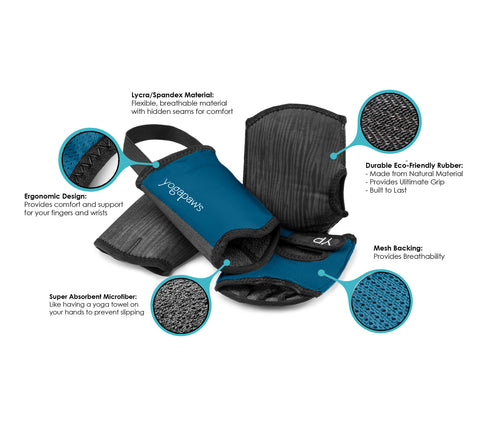Posted on March 04 2018
 Your lower body is used to getting a lot of attention. It’s hard not to be aware of your hips and legs as you go through the day. Whether you’re walking, running, driving or just standing, everything below your waist is engaged and working. Even in yoga, poses like Virabhadrasana (Warrior I Pose) sometimes feel as if the focus is primarily on your lower half. It’s time to give your upper half some time in the spotlight.
Your lower body is used to getting a lot of attention. It’s hard not to be aware of your hips and legs as you go through the day. Whether you’re walking, running, driving or just standing, everything below your waist is engaged and working. Even in yoga, poses like Virabhadrasana (Warrior I Pose) sometimes feel as if the focus is primarily on your lower half. It’s time to give your upper half some time in the spotlight.
Your upper body does far more than help you move into arm balances. Bad posture or a tight upper body can cause pain and stiffness or lead to injuries. Consider that your shoulders are among the most vulnerable joints in your body.
Like your hips, your shoulders are composed of a ball-and-socket joint. Instead of involving only two bones, each shoulder joint is the intersection of your collarbone, shoulder blade, and upper arm bone. You ask more of your shoulders than you realize. What other body part has to be strong enough to pick up heavy objects and also flexible enough to stretch well over your head to grab something out of a cupboard?
To begin to open and strengthen your shoulders, check the alignment across the entire shoulder girdle. Do you round your shoulders as you type on your computer or when driving? Do you tend to slouch when you walk? When you lie down on your back, are your shoulders on the floor or curving toward each other? When you sit, are your shoulders touching the back of the chair or rounding in? Stand at the wall. Can you keep both shoulders in contact with the wall?
Yoga offers a great opportunity to concentrate on keeping your shoulders from “caving in” as you move. If you are suffering from a shoulder injury like a torn rotator cuff or “frozen shoulder,” talk to your doctor before you come back to class and make sure your teacher knows about your injury so he or she can help you rebuild strength and range of motion safely. In class, think of lengthening your collarbones and pulling your shoulder blades together as you inhale. As you exhale, try to maintain that same amount of space. Focus on not allowing the fronts of the shoulders to move toward each other in forward bending positions or poses such as Bhujanasana (Cobra Pose) or Chaturanga Dandasana (Four-Limbed Staff Pose).
Here are some poses to work your shoulders on the mat or in your office:
 |
Adho Mukha Svanasana (Downward-Facing Dog Pose) Benefits: This pose strengthens your arms and back, and it’s a great place to learn to feel your alignment. How to do it: Begin on your hands and knees. On an inhale, straighten your arms and your legs, pushing your heels toward or onto the floor. Focus on keeping your head between your arms and engaging your outer arms. Pull your shoulder blades together and toward your pelvis. Stay in this pose for one to three minutes, then release. |
 |
Gomukhasana (Cow Face Pose) Benefits: This stretch releases tension in your shoulders and helps you create space across your collarbones. How to do it: Begin sitting in Dandasana (Staff Pose). Bring your left foot to the outside of your right knee and bend it into your right hip. Cross your left knee on top of your right. Reach your right arm up and bend it back behind your head. Then, bend your left arm toward the ground and reach for your right hand (you can use a strap if your hands don’t meet). Remain in the pose for one minute, then release and repeat on the other side. |
 |
Virabhadrasana I (Warrior I Pose) —Variation Benefits: This variation from yoga teacher Sadie Nardini lets you work through the full range of motion in your shoulders without strain. How to do it: Stand in Tadasana (Mountain Pose). Step or jump your feet three to four feet apart. Turn your right foot out and your left foot in. Square your hips as much as possible with the short edge of your mat. Bring your arms out to the sides and lift them to the ceiling, slightly behind your ears if possible. Bend forward over your leg, wrapping your arms around your thigh and feeling the stretch across your back. Come back up the same way. Repeat two to three times, then switch sides. |
 |
Shoulder Roll Benefits: This is a great stretch to do at your desk and remind yourself not to slump. How to do it: Bring your shoulders forward, up, back and down eight times, then reverse. |
 |
Anjali Mudra (Salutation Seal) Benefits: This do-anywhere pose helps you feel your shoulders and back engaging. How to do it: Press your palms and fingers together at your heart center. Pull your shoulder blades together as you push your palms evenly into each other. Hold for up to five m |
Even when you aren’t practicing, try to keep the same feeling of space in your upper body. It will be tempting to let your shoulders collapse when you are tired or stressed, so it’s especially important to be aware of keeping your shoulders aligned at those times. A stronger core helps too—so think of engaging your center and your shoulder blades at the same time.


